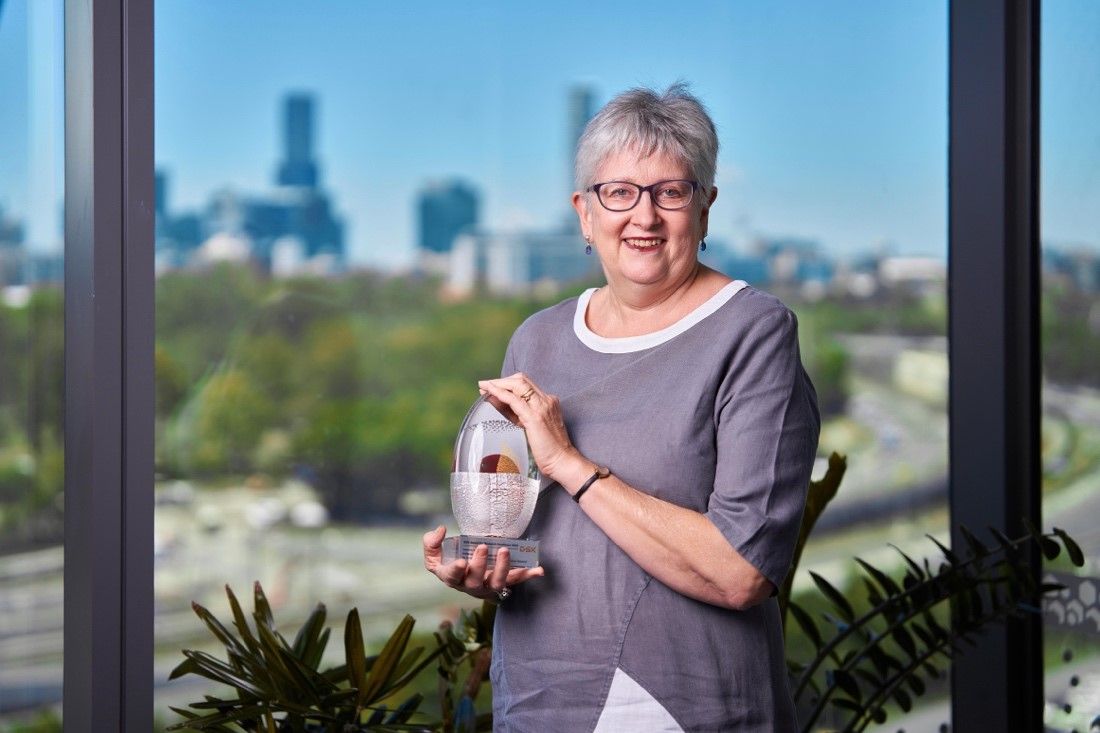Andrew Downs, Founder and Executive Director of SAGE Group
Teaching young people the value of a skilled trades career
As Australia grapples with a critical skills shortage, many are now encouraging young people to embrace a career in the trades, where a wealth of opportunities awaits.

When we ask our children what they want to be when they grow up, we hope they will dream big, and pursue a career of enjoyment and meaning.
Many young people are overtly steered towards university, and led to believe the skilled trades are only an option for those not sharp enough to aim higher.
The truth, however, is that the trades offer an exciting career path that is rich with possibilities, and critical to Australia’s social and economic goals.
Building the future
Australia is in the grip of a skilled labour shortage, which has been exacerbated by the COVID-19 pandemic. In 2022, nearly 50 per cent of trade and technician jobs were in shortage, according to the National Skills Commission.
This represents a golden opportunity for young people, who can enter their training confident they are gaining specialised skills that are in high demand; demand that will only rise as the nation grows. They will achieve stability and security in an uncertain world.
A trades career also offers the chance to earn as you learn. Unlike university, where most graduates enter the ‘real world’ with debt hot on their heels, trade workers make an income from the get-go. Many go on to enjoy above-average wages; some salaries rival those of doctors and lawyers. They grow their own businesses. They thrive.
Beyond the tools
A trade occupation can unlock diverse opportunities and experiences, and foster an upward mobility that reaches beyond the tools. My own career illuminates this.
I started out as an apprentice electrician, before running the electrical department for Bridgestone. I was constantly disappointed with the poor service on offer from contractors. I knew a company with the right attitude could do better for its customers. This belief led me to found SAGE Group in 1994.
The company had humble beginnings. Our first project was a small domestic wiring job that a mate and I charged $140 for. Within a year we had seven people working in my backyard shed; today SAGE has approximately 700 hundred employees with revenue of $180 million and offices around the country and overseas.
It wasn’t always easy, but the skills I acquired in my youth as a trades apprentice – collaboration, communication, problem solving, curiosity – provided a solid foundation for success. There is no limit to where a trade may take you.
I love what I do. When I come into work, I don’t feel like I’m walking into a job. I am walking into my passion. What more could we want for the next generation?
A crucial opportunity
Parents, carers, teachers, and mentors need to champion the skilled trades as an invigorating career option as they guide young people towards tomorrow. It is important and valuable work.
When our children – or grandchildren – tell us that when they grow up they want to be an electrician, a carpenter, a plumber, a builder, a mason, a welder, or any other tradesperson, we must recognise this for what it is: a big dream; one that is worthy of our encouragement, and our pride.











